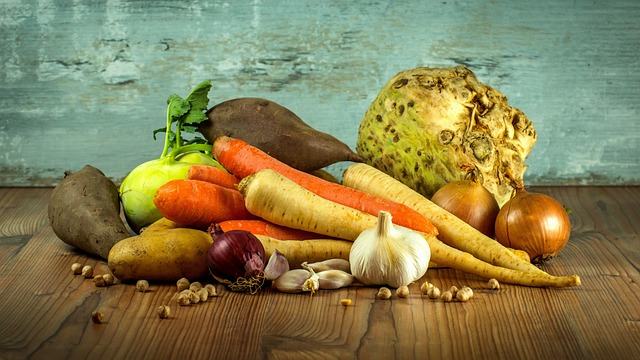
In the pursuit of culinary mastery, equipping oneself with the right tools is paramount. This article aims to enlighten home chefs on the 10 must-have kitchen tools that will elevate their culinary adventures.
From the indispensable chef knife to the versatile frying pan, each tool is carefully selected for its functionality, durability, and safety.
Whether you're a novice in the kitchen or a seasoned pro, these essential tools will empower you to create delicious and safe meals with confidence.
Chef Knife
A chef knife is an essential tool in every home kitchen, as it allows the chef to effortlessly slice, dice, and chop ingredients with precision and efficiency.
When selecting a chef knife, it is important to choose one with a sharp, sturdy blade made from high-quality stainless steel. This ensures the knife remains sharp for longer periods and reduces the risk of accidents due to slipping or uneven cuts.
Additionally, it is crucial to use the chef knife on a proper cutting board to prevent damage to the blade and maintain safety in the kitchen. Opt for a cutting board made of wood or plastic, as they offer a stable surface and are easy to clean.
Cutting Board
When it comes to choosing a cutting board, there are several factors to consider.
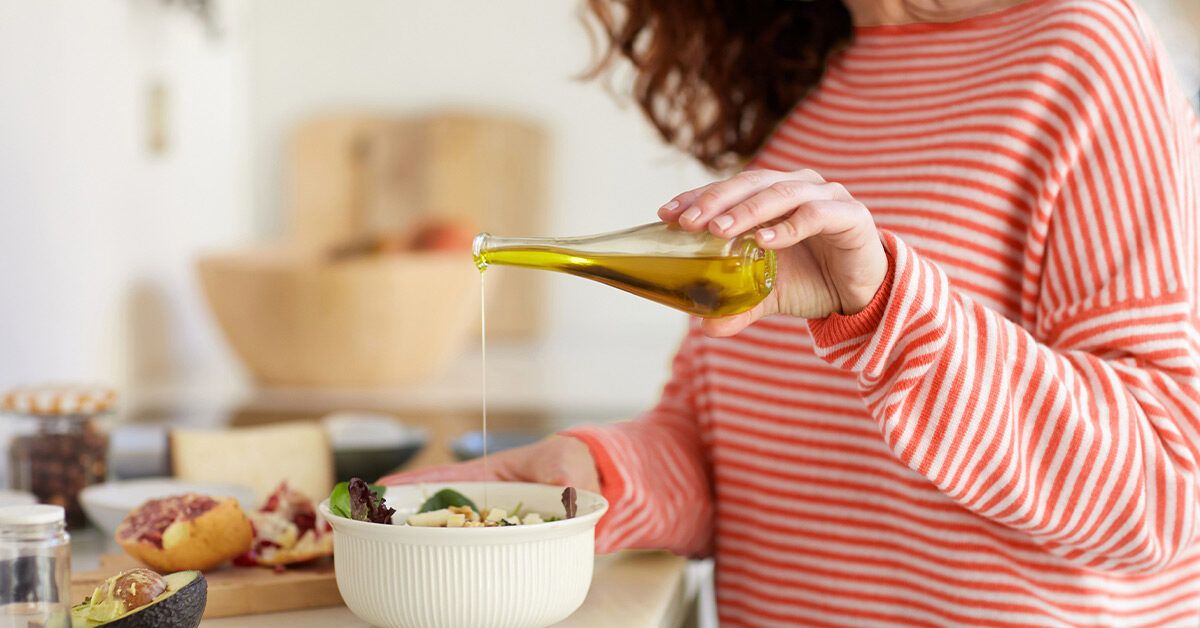
First, the material of the cutting board is important for durability and ease of maintenance. Options such as wood, plastic, or bamboo each have their own benefits and drawbacks.
Additionally, the size of the cutting board should be chosen based on the available space in your kitchen and the types of food you typically prepare.
Material Options for Durability
Optimal durability can be achieved in a cutting board by carefully selecting the material. When it comes to durability options, some materials stand out as the best choices for a cutting board that will last for years to come.
One popular option is bamboo, known for its strength and resistance to knife marks. Bamboo cutting boards are also naturally antimicrobial, making them a safe choice for food preparation.
Another excellent choice is high-density polyethylene (HDPE), a plastic material that is non-porous, resistant to stains and odors, and easy to clean. HDPE cutting boards are also gentle on knife edges, ensuring both the longevity of the board and the sharpness of your knives.
Size Considerations for Space
To ensure practicality and functionality in the kitchen, it is important to carefully consider the size of the cutting board in relation to the available space. Size limitations can pose challenges, especially in smaller kitchens where counter space is limited. However, there are space-saving options that can help maximize the use of the available area.
One option is to opt for a smaller cutting board that fits comfortably on the counter or can be easily stored away when not in use. This allows for efficient use of space while still providing a functional surface for chopping and slicing.
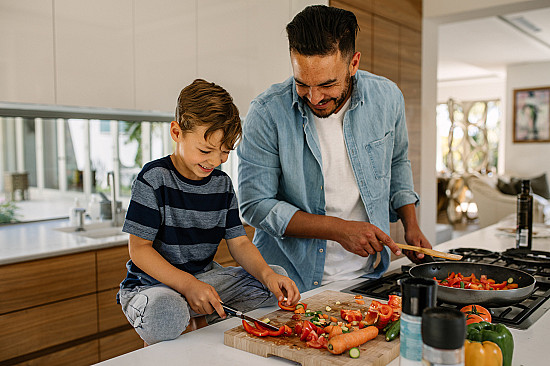
Another space-saving option is to choose a cutting board that can be placed over the sink. These cutting boards are designed with a built-in colander or strainer, allowing you to chop your ingredients and then rinse them without the need for extra bowls or colanders.
Maintenance and Hygiene Tips
The maintenance and hygiene of a cutting board are crucial for ensuring food safety and preventing cross-contamination. To keep your cutting board in top condition and safe to use, follow these maintenance tips and hygiene practices:
- Cleanliness is key:
- Wash your cutting board with hot, soapy water after each use.
- Scrub it thoroughly with a brush or sponge to remove any food particles or stains.
- Rinse it well and allow it to air dry before storing.
- Sanitize regularly:
- To kill any remaining bacteria, sanitize your cutting board once a week.
- You can use a mixture of one tablespoon of bleach per gallon of water or a food-safe sanitizing solution.
- Apply the solution to the board and let it sit for a few minutes before rinsing it off.
- Use separate boards:
- To prevent cross-contamination, use separate cutting boards for raw meats, poultry, seafood, and vegetables.
- This will reduce the risk of spreading harmful bacteria.
- Replace when necessary:
- Keep an eye on your cutting board for signs of wear and tear, such as deep grooves, cracks, or stains that won't come off.
- If your cutting board becomes too damaged or difficult to clean, it's time to replace it.
Frying Pan
Utilizing a versatile cooking implement, a high-quality frying pan is an essential addition to the kitchen arsenal of any aspiring home chef.
When it comes to choosing the perfect frying pan, there are a few key features to consider for both safety and convenience.
Firstly, a non-stick coating is crucial, as it allows for easy food release and effortless cleaning. This coating prevents ingredients from sticking to the pan's surface, reducing the need for excessive oil or butter.
Additionally, a heat-resistant handle is essential to ensure safe handling while cooking. It prevents burns and allows for a comfortable grip even when the pan becomes hot.
With a frying pan that boasts a non-stick coating and a heat-resistant handle, home chefs can confidently prepare delicious meals with ease and peace of mind.
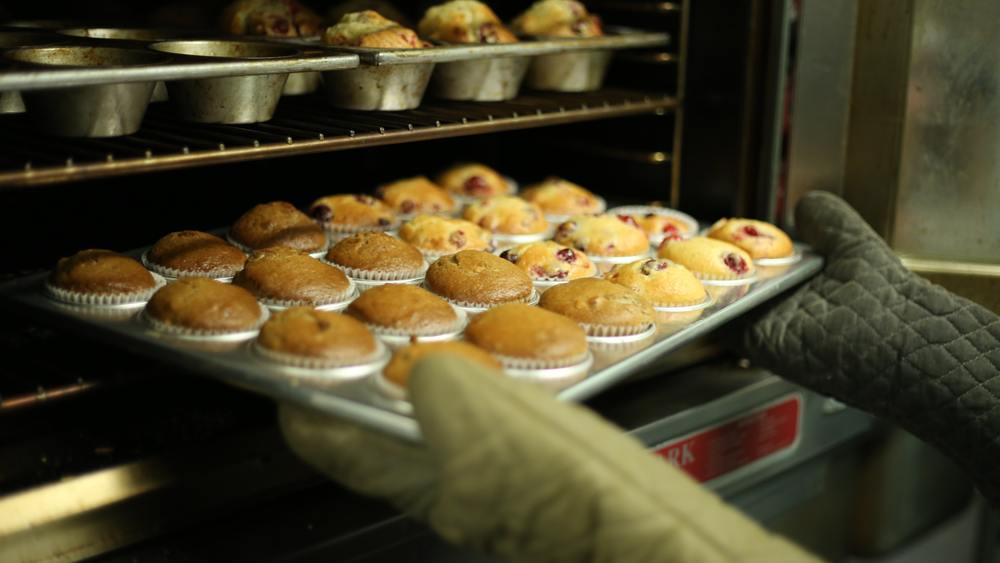
Saucepan
A saucepan is a versatile cooking utensil that every home chef should have in their kitchen.
It is essential for simmering soups, sauces, and other liquid-based dishes.
With its efficient heat distribution, a saucepan ensures even cooking and prevents burning, making it a must-have tool for any aspiring chef.
Versatile Cooking Utensil
Every home chef needs a versatile cooking utensil, and one essential tool is a saucepan. A saucepan is a must-have kitchen gadget that can be used for a wide range of cooking tasks. Here are four reasons why a saucepan is a versatile cooking utensil:
- Heat distribution: A saucepan is designed to distribute heat evenly, preventing hot spots and ensuring that your food cooks uniformly.
- Versatility: With a saucepan, you can boil, simmer, sauté, and even make sauces. Its high sides prevent spills and splatters, keeping your stovetop clean.
- Size options: Saucepans come in various sizes, allowing you to choose the right one for your cooking needs. Whether you're making a small batch of sauce or a big pot of soup, there's a saucepan size for every occasion.
- Safety features: Most saucepans come with sturdy handles and lids for easy handling and to prevent accidents. Look for saucepans with heat-resistant handles and tight-fitting lids to ensure safe and efficient cooking.
Investing in a quality saucepan is a wise choice for any home chef, as it provides versatility, convenience, and safety in the kitchen.
Essential for Simmering
One key tool that seamlessly transitions from the previous subtopic of a versatile cooking utensil is the saucepan, which is essential for simmering a variety of dishes. Simmering techniques require low heat over a longer period of time, allowing flavors to meld and ingredients to tenderize.
A saucepan is designed with a flat bottom and tall sides, which helps to distribute heat evenly and prevent splattering. It is an essential tool for slow cooking, allowing you to create soups, stews, sauces, and even delicate desserts.
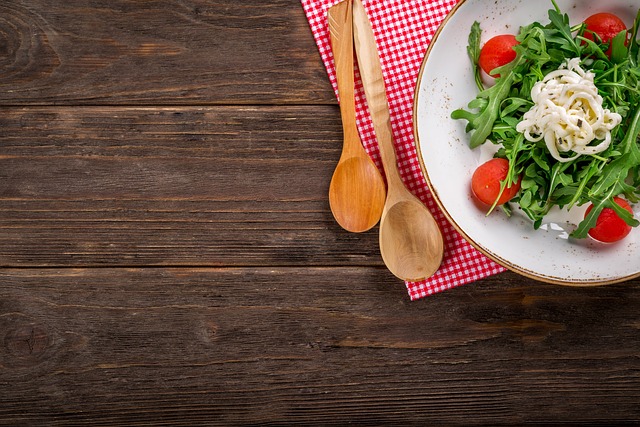
When choosing a saucepan for simmering, opt for one with a heavy bottom to prevent scorching and ensure even heating. Additionally, look for a saucepan with a tight-fitting lid to help retain moisture and flavors.
With its versatility and ability to achieve gentle, controlled heat, the saucepan is a must-have tool for any home chef looking to master the art of simmering.
Heat Distribution Efficiency
How can a saucepan ensure efficient heat distribution for simmering dishes?
Heat distribution efficiency is crucial for achieving perfectly cooked simmering dishes. Here are four key factors to consider when selecting a saucepan:
- Material: Opt for saucepans made of materials with high heat conductivity, such as copper or aluminum. These materials allow heat to be evenly distributed throughout the pan, preventing hot spots and ensuring consistent cooking.
- Base Thickness: Look for a saucepan with a thick and heavy base. A thick base helps to distribute heat evenly and retains heat effectively, resulting in energy efficiency and reduced cooking time.
- Induction Compatibility: If you have an induction cooktop, ensure that the saucepan is compatible. Induction pans have a magnetic base that directly transfers heat to the pan, resulting in faster and more efficient cooking.
- Lid Design: A well-fitting lid is essential for heat retention. It helps to trap heat and moisture inside the saucepan, allowing the food to cook evenly and retain its natural flavors and nutrients.
Baking Tray
A baking tray is an essential tool in the kitchen, as it allows for even heat distribution and ensures perfectly baked goods.
This versatile kitchen equipment serves a multitude of purposes besides baking cookies and cakes. With its flat surface and raised edges, a baking tray is ideal for roasting vegetables, toasting nuts, and even reheating leftovers.
When using a baking tray, it is important to ensure that it is made from a material that can withstand high temperatures and is non-stick, to prevent food from sticking and burning. Additionally, it is crucial to use oven mitts or silicone grips to handle the hot tray safely.

A baking tray is a must-have tool for any home chef, offering endless possibilities for creating delicious meals and treats.
Mixing Bowl
When it comes to mixing bowls, having size options is essential for versatility in the kitchen. Whether you're whipping up a small batch of cookies or preparing a large salad, having different sizes of mixing bowls allows you to choose the one that best suits your needs.
Additionally, durability is key to ensure longevity in your kitchen tools. Look for mixing bowls made from durable materials like stainless steel or tempered glass, as they can withstand the rigors of everyday use without losing their shape or integrity.
Size Options for Versatility
To maximize versatility in the kitchen, having mixing bowls of varying sizes is essential for every home chef. Here are four reasons why size options for mixing bowls are important:
- Accommodate Different Types of Pots, Pans, and Baking Trays: Different recipes require different cooking vessels. Having mixing bowls in various sizes ensures that you can easily transfer ingredients from small pots to large baking trays without any spillage or mess.
- Efficient Mixing and Combining: Whether you're whisking eggs or kneading dough, having the right size mixing bowl allows for efficient mixing and combining of ingredients. A smaller bowl is ideal for whipping cream or beating a couple of eggs, while a larger bowl can accommodate the ingredients for a big batch of cookies or bread dough.
- Easy Storage: Mixing bowls that come in different sizes can be nested, which means they can be stacked inside one another for compact storage. This helps save space in your kitchen cabinets or drawers.
- Safety and Stability: Using a properly sized mixing bowl ensures stability during mixing, reducing the risk of spills and accidents. It is important to choose bowls that have non-slip bases or handles for added safety.
Durable Materials for Longevity
Having discussed the importance of size options for mixing bowls, it is now necessary to delve into the topic of durable materials for longevity.
When it comes to choosing a mixing bowl, the material options available play a crucial role in ensuring its durability and long-lasting performance. One popular material choice is stainless steel, known for its strength, resistance to rust, and ability to withstand high temperatures.
Another option is glass, which is not only durable but also allows for easy monitoring of ingredients during mixing.
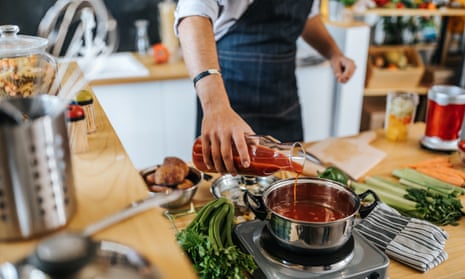
For those seeking a lightweight option, plastic mixing bowls are a viable choice, provided they are made from BPA-free materials.
Ultimately, the choice of material should consider not only durability but also safety, making sure it is free from harmful chemicals and can withstand the demands of everyday use in the kitchen.
Whisk
Whisks are essential tools that professional home chefs frequently use in their kitchens. They are versatile and offer several benefits that make them indispensable for various cooking tasks. Here are four reasons why every home chef should have a whisk in their kitchen:
- Efficient Mixing: Whisks are designed with a series of loops that help incorporate air into ingredients, resulting in smoother batters and better emulsification of liquids.
- Versatility: Whisks can be used for a wide range of tasks, such as whisking eggs, whipping cream, blending sauces, and mixing dry ingredients.
- Easy to Clean: Whisks are typically made of stainless steel, which makes them easy to clean and maintain. They are also dishwasher safe, saving you time and effort.
- Whisk Alternatives: While there are alternatives like forks or electric mixers, whisks provide more control and precision, allowing you to achieve the desired consistency in your recipes.
Spatula
A spatula is an essential tool that every home chef should have in their kitchen. When it comes to selecting a spatula, there are a few important factors to consider.
One of the first considerations is the material options available. Spatulas can be made from a variety of materials such as silicone, stainless steel, or heat-resistant nylon. Silicone spatulas are great for nonstick cookware as they are gentle on the surface and prevent scratching. Stainless steel spatulas are sturdy and durable, perfect for heavy-duty tasks like flipping burgers on the grill. Heat-resistant nylon spatulas are ideal for high-temperature cooking as they can withstand heat without melting.
Another factor to think about is the size of the spatula. A smaller spatula works well for precise tasks like flipping delicate foods, while a larger spatula is better suited for flipping larger items like pancakes or omelets.
Measuring Cups
When considering the essential tools for a well-equipped kitchen, it is important to include measuring cups, which play a crucial role in achieving accurate and precise measurements. Measuring cups are especially relevant to the discussion about spatulas because they are often used together in recipe preparation.
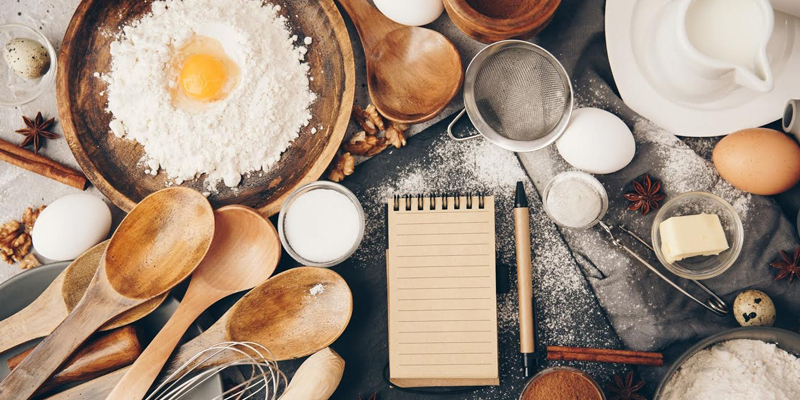
Here are four must-have measuring cups for every home chef:
- Pyrex Glass Measuring Cups: These durable and heat-resistant cups are perfect for both liquid and dry ingredients. They ensure accurate measurements and easy pouring, making them essential for any kitchen.
- Stainless Steel Measuring Cups: Known for their durability and resistance to rust and corrosion, stainless steel cups are a great alternative to plastic. They provide precise measurements and are easy to clean, making them a reliable option for any home chef.
- Adjustable Measuring Cups: These innovative cups allow you to adjust the measurements by sliding a movable piece. This feature makes them versatile and convenient for various recipes that require different measurements.
- OXO Good Grips Measuring Cups: With their comfortable non-slip handles and clear markings, OXO Good Grips measuring cups are a popular choice among home chefs. They offer accuracy and ease of use, making them a reliable tool in the kitchen.
When it comes to measuring cups, investing in reliable brands like Pyrex, OXO, and stainless steel options will ensure safety and accuracy in your cooking endeavors.
Grater
Continuing the exploration of essential kitchen tools, a versatile tool that every home chef should have is a grater.
A grater is a must-have tool for any kitchen as it allows you to easily grate and shred various ingredients. There are different grater options available, including box graters, handheld graters, and rotary graters, each with their own advantages.
When using a grater, it is important to prioritize safety. Always keep your fingers away from the blades and use a food holder or a cut-resistant glove to protect your hands.
After using a grater, cleaning it thoroughly is crucial to prevent cross-contamination. To clean a grater, use a brush or sponge to remove any food particles, and be careful not to cut yourself on the sharp edges.
With proper care and maintenance, a grater can be a valuable tool in your kitchen arsenal.
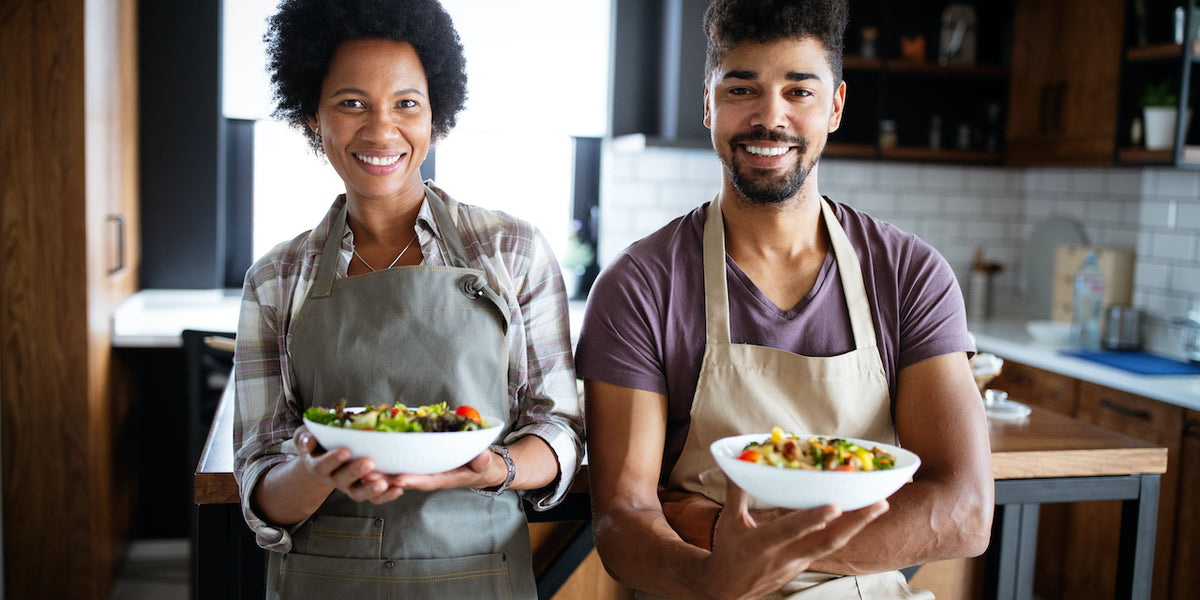
Frequently Asked Questions
How Do I Properly Care for a Chef Knife?
Proper care for a chef knife involves regular cleaning, drying, and storage to prevent rust and maintain sharpness. Sharpen the knife correctly using a sharpening stone or honing rod, following proper techniques to ensure safety and effectiveness.
Silicone spatulas offer several benefits over metal spatulas, including heat resistance, non-stick properties, and flexibility. They are safe to use on non-stick cookware, easy to clean, and gentle on delicate surfaces, making them an essential tool for any home chef.
Are Non-Stick Frying Pans Safe to Use?
Non-stick frying pans offer convenience and ease of cooking, but there are potential health concerns related to the chemicals used in their coating. To choose the right non-stick pan, look for PFOA-free options and avoid overheating.
Can I Use a Saucepan in the Oven?
Yes, you can use a saucepan in the oven, but it is important to ensure that the handle is oven-safe. Recipe ideas for baking in a saucepan include bread pudding, deep-dish pizza, and frittatas.
What Is the Difference Between a Baking Tray and a Baking Sheet?
A baking tray and a baking sheet are both used for baking, but they have some differences. The main distinction is that a baking tray has raised edges, while a baking sheet is flat. Pros of using a baking mat include easy cleanup and preventing sticking.
 Family Craft ProjectsHome ImprovementCooking and BakingReuse and RecycleDIY GiftsEco-Friendly ProjectsDIY Home SolutionsSeasonal ActivitiesFun and GamesLearn TogetherPrivacy PolicyTerms And Conditions
Family Craft ProjectsHome ImprovementCooking and BakingReuse and RecycleDIY GiftsEco-Friendly ProjectsDIY Home SolutionsSeasonal ActivitiesFun and GamesLearn TogetherPrivacy PolicyTerms And Conditions

 Family Craft ProjectsHome ImprovementCooking and BakingReuse and RecycleDIY GiftsEco-Friendly ProjectsDIY Home SolutionsSeasonal ActivitiesFun and GamesLearn TogetherPrivacy PolicyTerms And Conditions
Family Craft ProjectsHome ImprovementCooking and BakingReuse and RecycleDIY GiftsEco-Friendly ProjectsDIY Home SolutionsSeasonal ActivitiesFun and GamesLearn TogetherPrivacy PolicyTerms And Conditions
